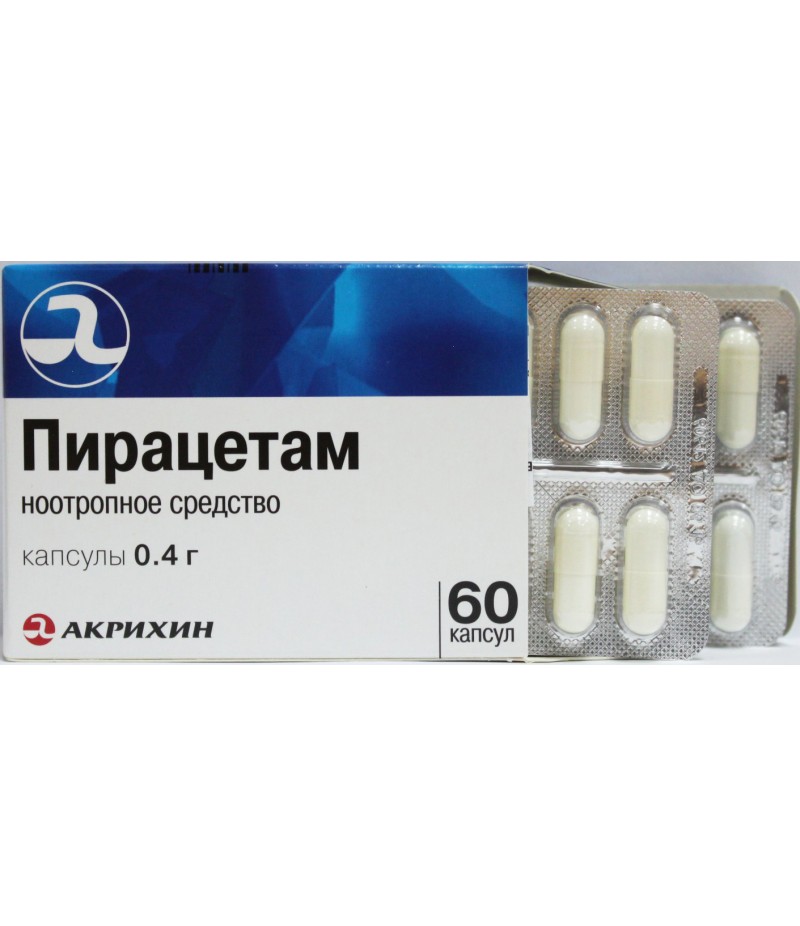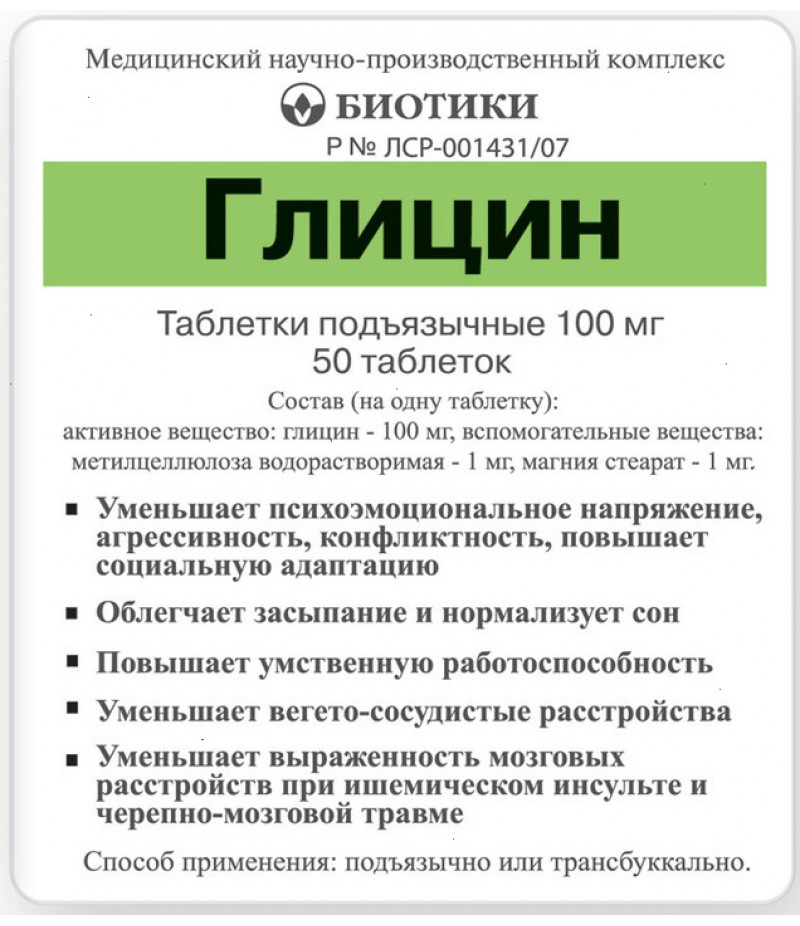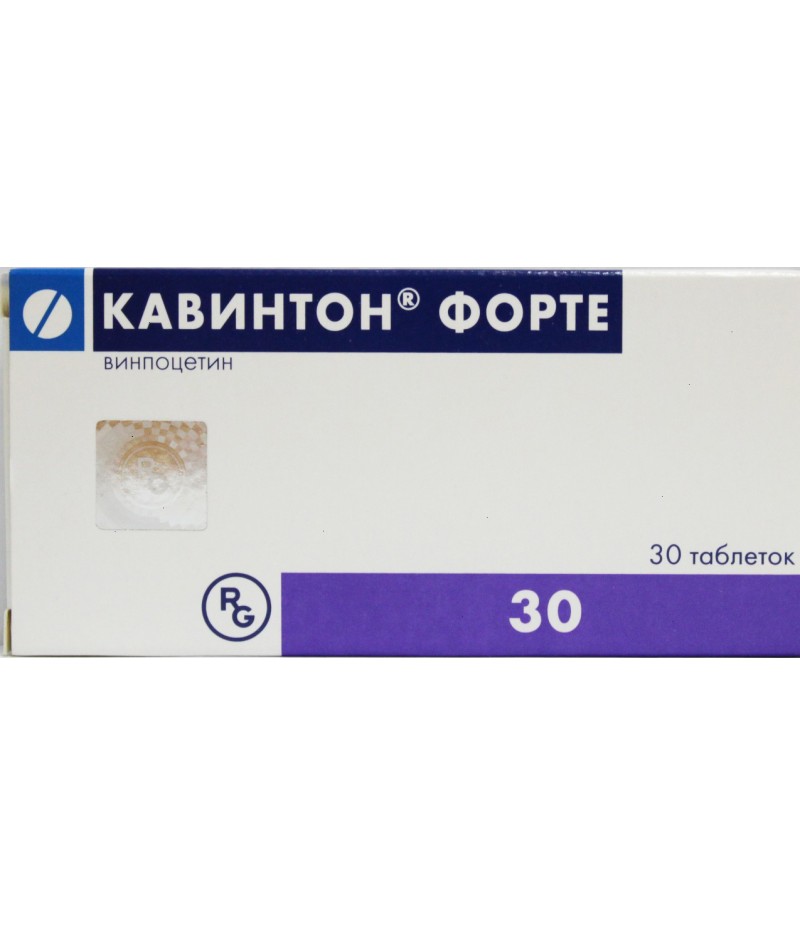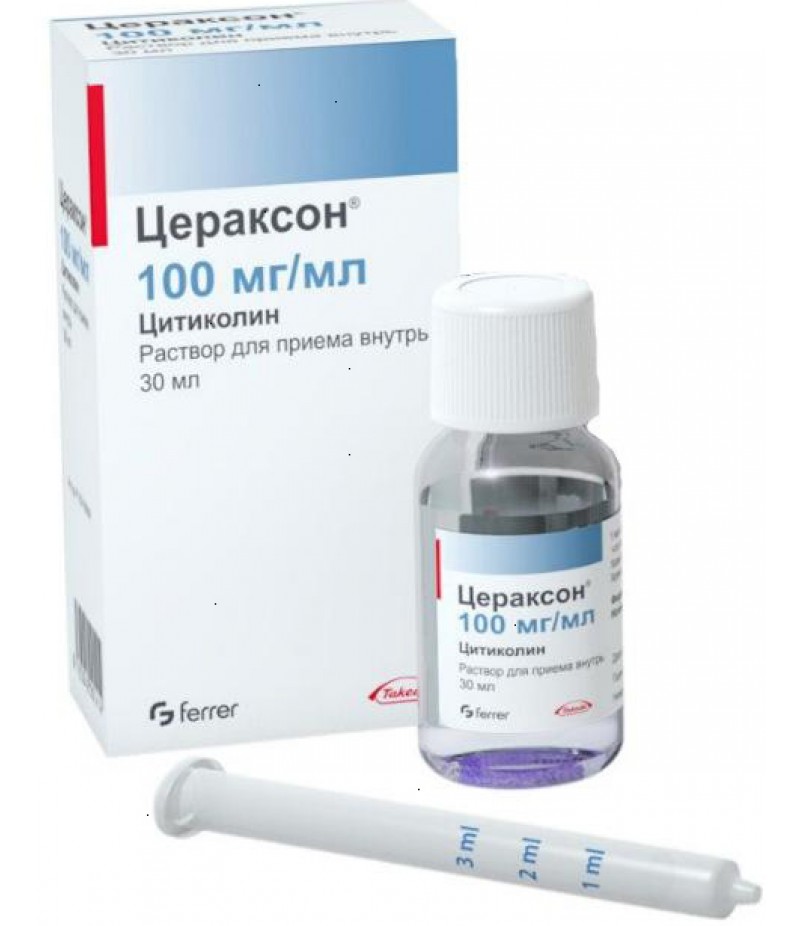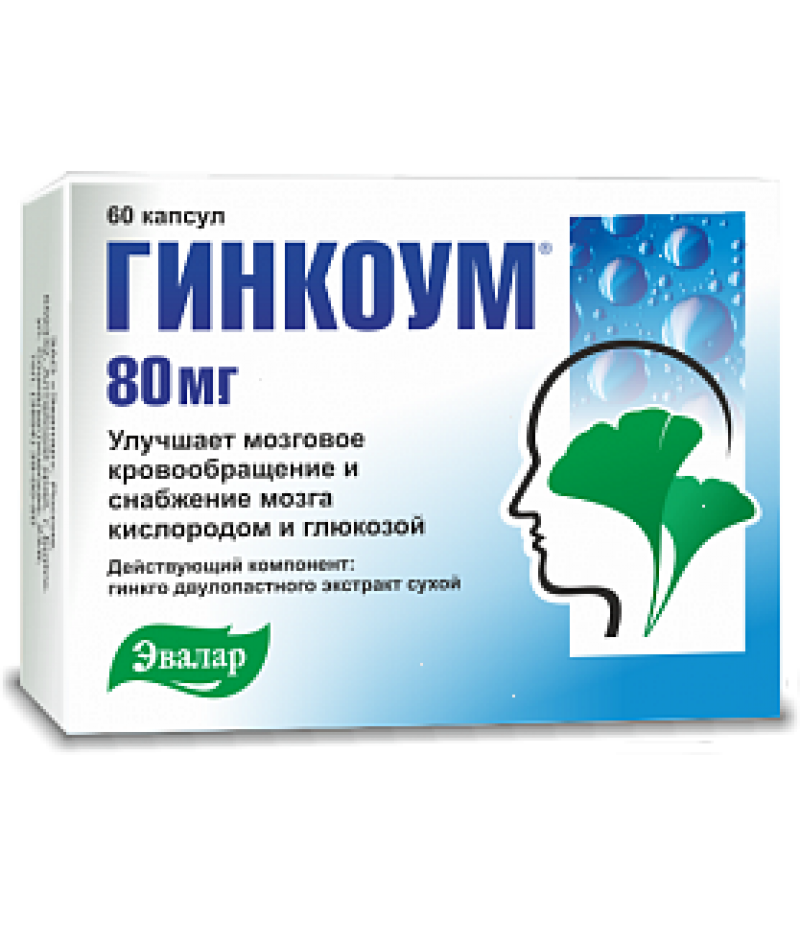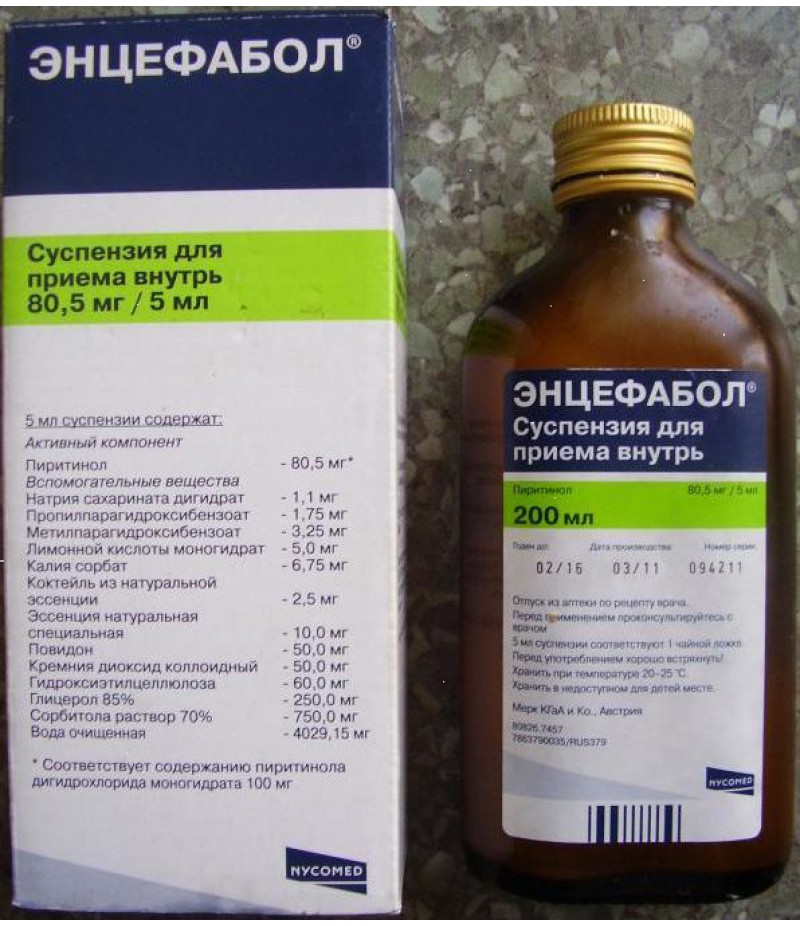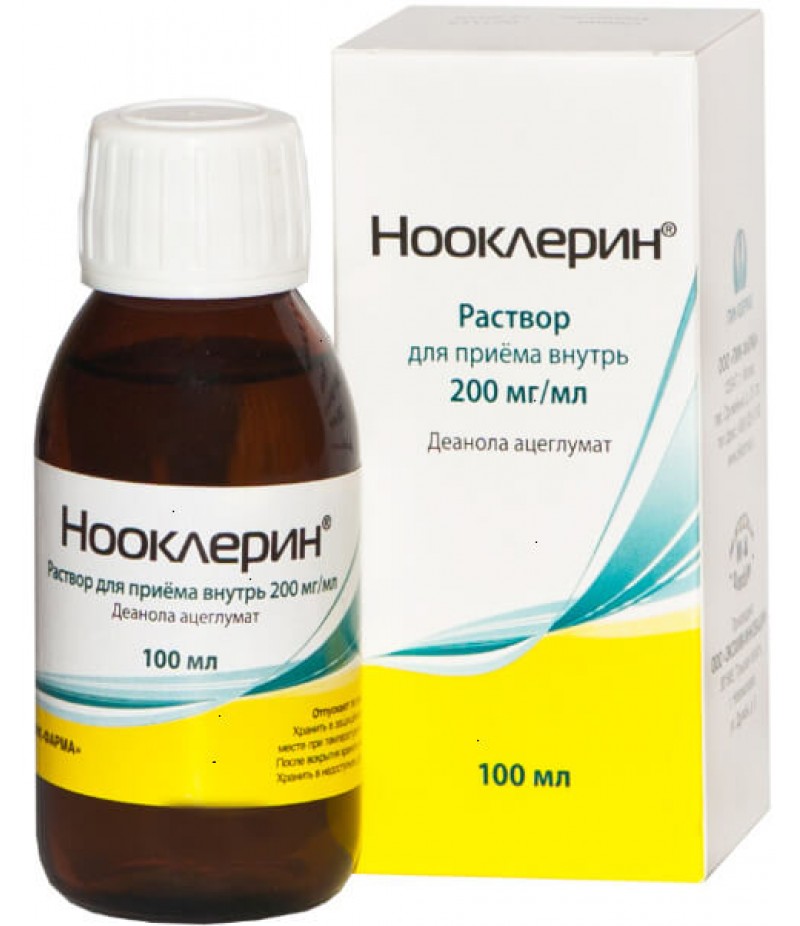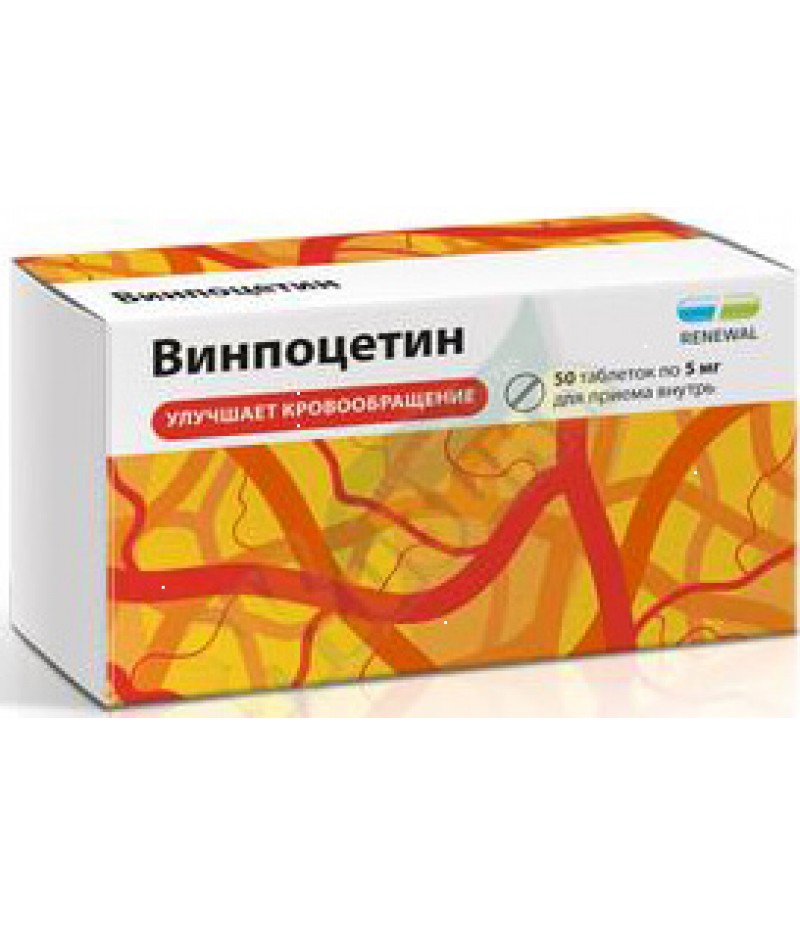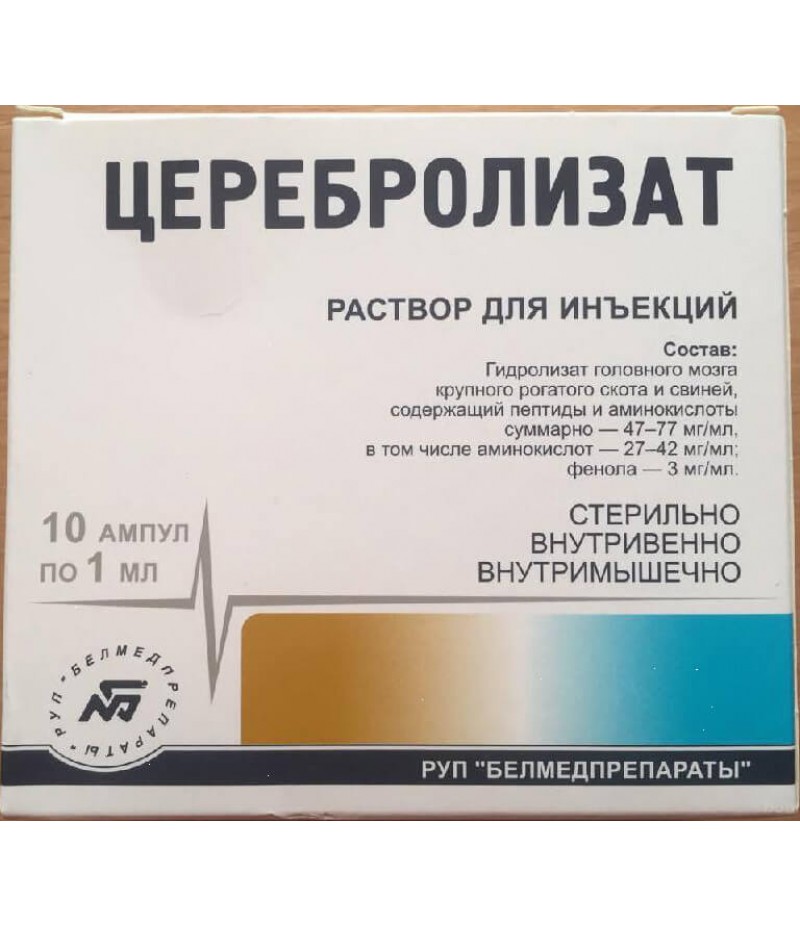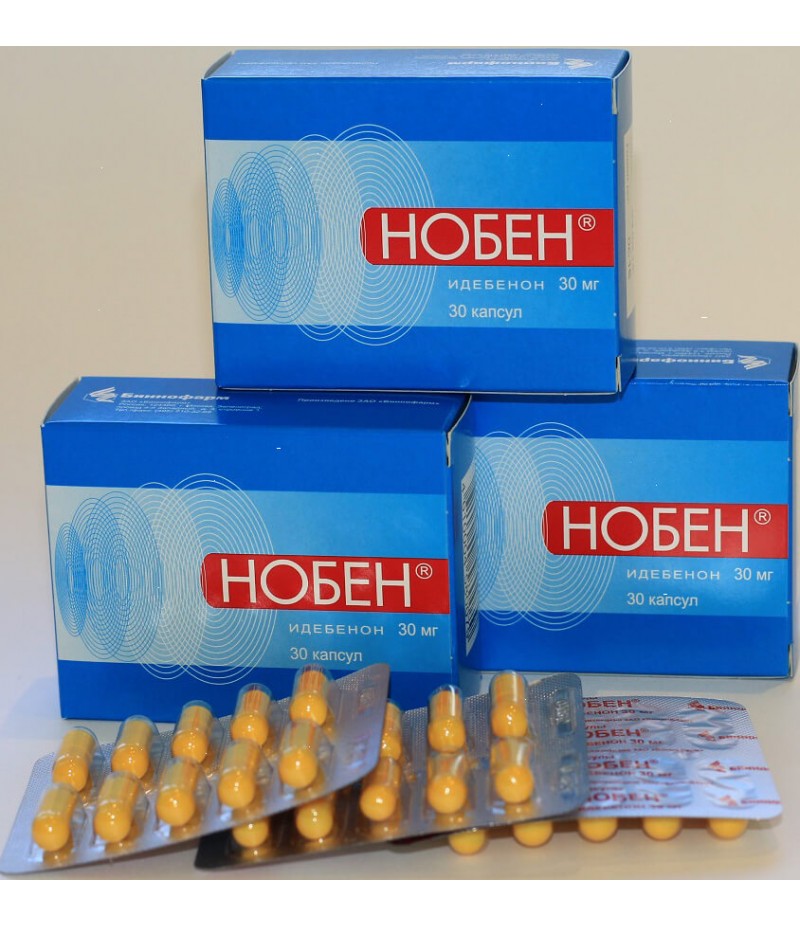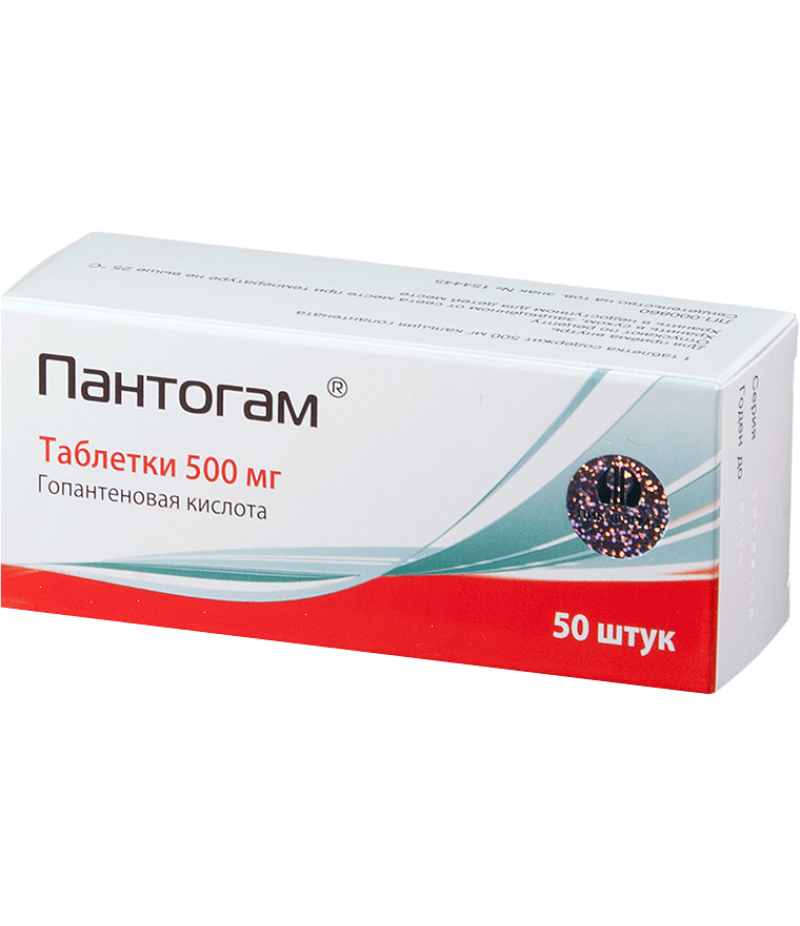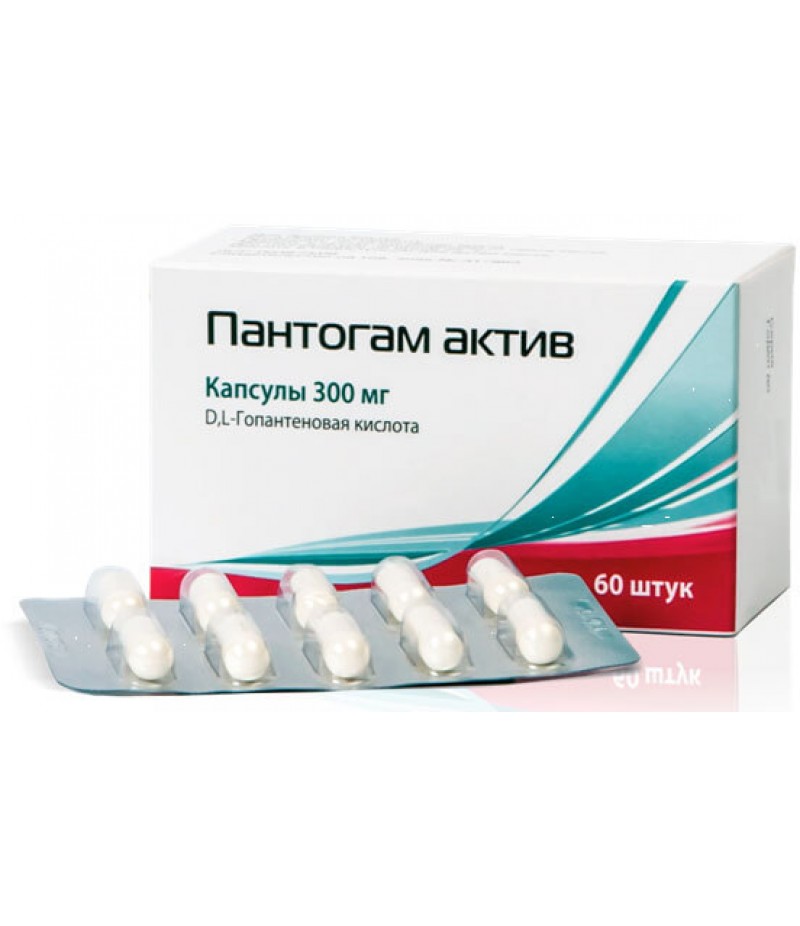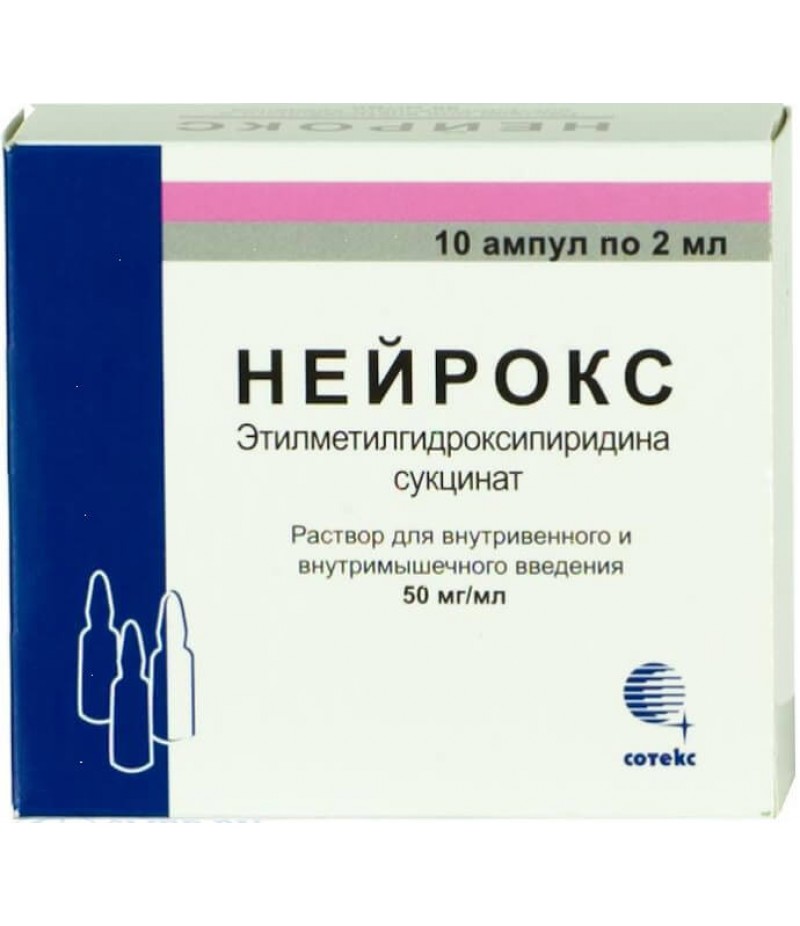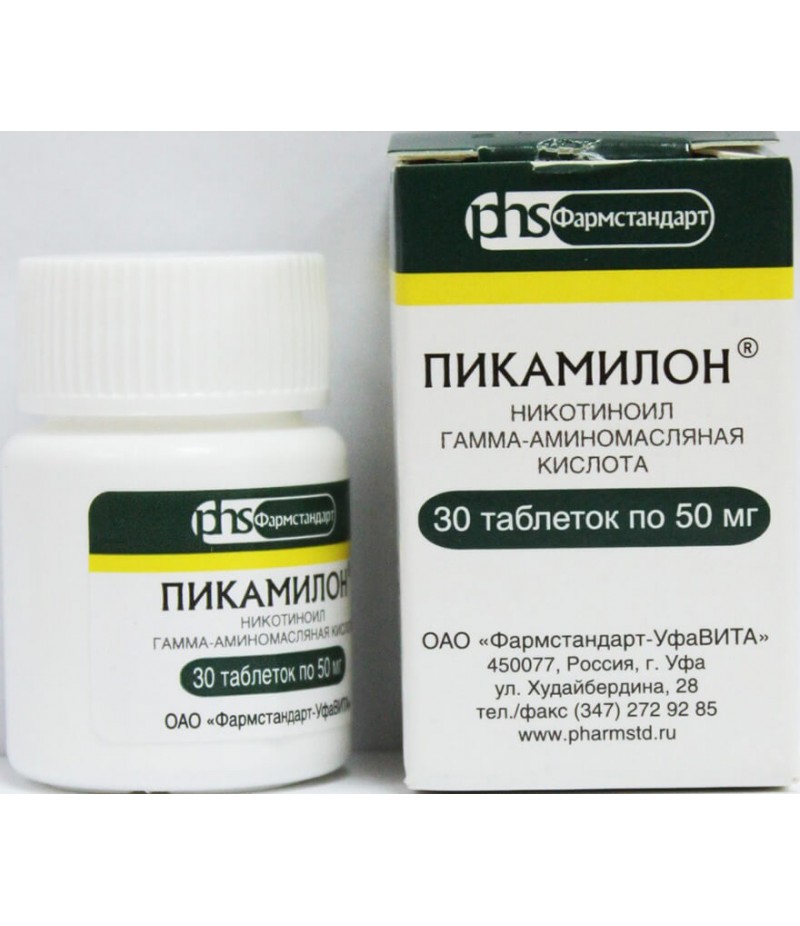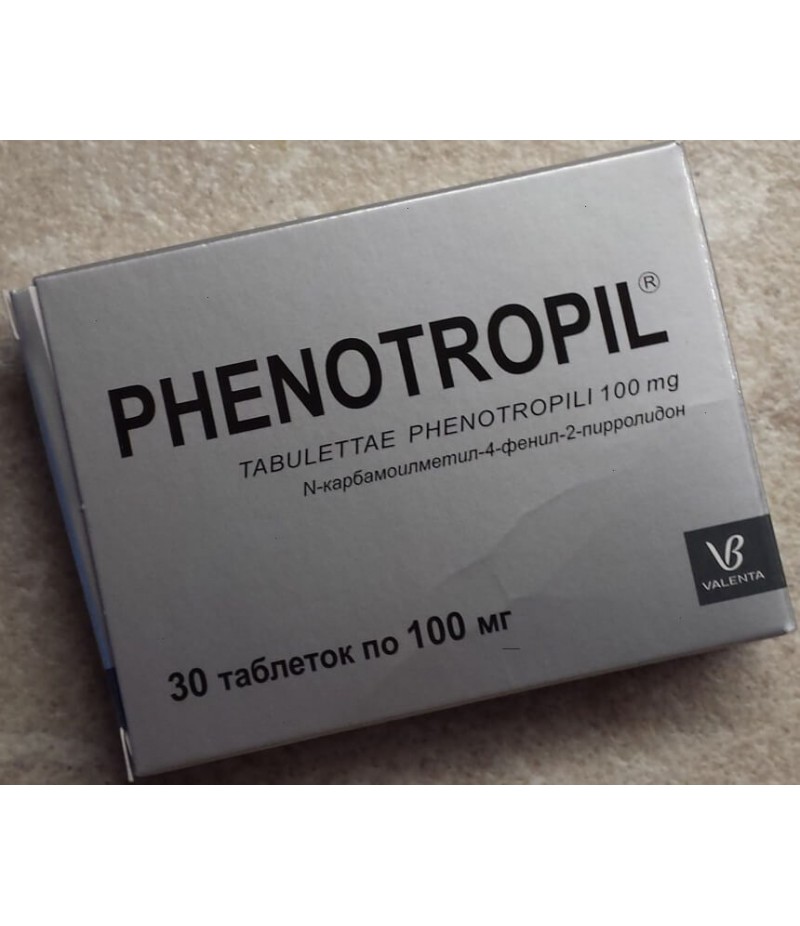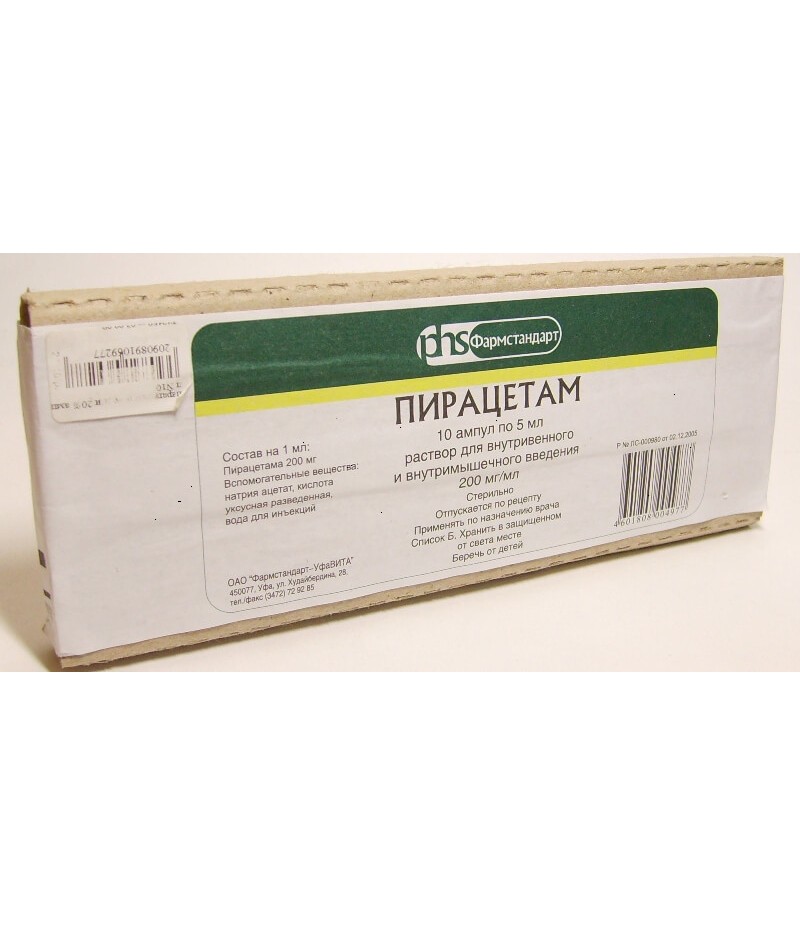Piracetam caps 400mg #60
- $4.49
- 3 or more $4.25
- Availability:In Stock
Piracetam instruction for useReed more and buy Piracetam on this pageCompositionAccording to medical Wikipedia, the drug Pyracetam includes a nootropic substance with the same name as pyracetam (INN-Piracetam) as its active ingred..
Piracetam instruction for use
Reed more and buy Piracetam on this page
Composition
According to medical Wikipedia, the drug Pyracetam includes a nootropic substance with the same name as pyracetam (INN-Piracetam) as its active ingredient in different mass proportions, depending on the dosage form of the drug: 1 milliliter of injection solution - 200 mg, 1 capsule - 200 mg or 400 mg, 1 tablet - 200 mg, 400 mg, 800 mg or 1200 mg.
The additional composition of the ingredients may vary slightly depending on the manufacturer of the drug, which must also be taken into account by the doctor who prescribes this or that medication.
Form of issue
Pharmaceutical factories of the post-Soviet space produce this medicinal product in three dosage forms: in an injection solution in ampoules of 5 milliliters No. 5, No. 10 or No. 20; in capsules №10-№120; in tablets №10-№600.
pharmachologic effect
Neurometabolic (nootropic), psychostimulating.
Pharmacodynamics and pharmacokinetics
The abstract to Piracetam refers its active ingredient to the cyclic derivatives of GABA (gamma-aminobutyric acid), which possess nootropic and psychostimulating properties that favorably influence the human brain by improving its cognitive (cognitive) functionality, thereby enhancing a person's ability to learn, improving his memory , attention and increasing mental performance.
To date, several mechanisms of the effect of the drug on the central nervous system have been studied, among which: acceleration of metabolic transformations in nerve cells; modulation of the rate of excitation in the brain cells; improvement of microcirculation, due to influence on rheological blood characteristics, not accompanied by vasodilating effects.
Also, Piracetam injections and Piracetam tablets have a beneficial effect on synaptic conduction in neocortical brain structures and contribute to improved communication between the hemispheres of the brain; suppress the aggregation of platelets; reduce the adhesion of erythrocytes and renew the elasticity of erythrocyte membranes. Piratsetam injected intravenously or intramuscularly, as well as an orally taken preparation in capsules or tablets (for example, Pyracetam Obolenskoe), at a dose of 9.6 grams reduces the fibrinogen content and the number of Willebrandt factors by 30-40%, and also increases the duration of bleeding. In intoxication, hypoxia and electroconvulsive therapy, which led to impaired brain function, the restoring and protective action of the drug appears. With vestibular nystagmus, there is a decrease in its duration and severity.
Certainly, that such a vast action of Piracetam is in demand in the therapy of many diseases / disorders associated with the brain, from which the injections of the drug and its oral administration are widely used in modern domestic medicine.
With the introduction of 2 grams of pyracetam iv / m or / m, its C max in plasma is observed after about half an hour, in the cerebrospinal fluid this indicator is observed for 2-8 hours and is equal to 40-60 μg / ml. If you take an oral dose of the same dose, the time to reach Cmax increases approximately twofold, from which the Piracetam tablets begin to act later. Bioavailability is close to absolute (about 100%). Vd is approximately 0.6 l / kg. T1 / 2 from plasma takes 4-5 hours, from cerebrospinal fluid - 6-8 hours. There is no association of the drug with plasma proteins, nor its metabolic transformations in the human body. Within 80-100% of the dose taken, with the help of glomerular filtration, excreted by the kidneys in an unmodified form.
Kidney clearance is approximately 86 ml / minute. The penetration of the active ingredient of the drug through the placental / blood-brain barrier and the filter membranes used in hemodialysis is noted. Studies in animals showed a selective accumulation of pyracetam in the brain, observed mainly in its frontal, occipital parietal zones, basal ganglia and the cerebellum.
T1 / 2 drug is prolonged in renal pathologies, for which Piracetam patients with renal function deficiency should be prescribed in reduced doses. The pharmacokinetics of this remedy in patients with insufficiency of hepatic function did not change.
Indications for use of Piracetam
For adults, indications for the use of Piracetam in pricks (for the purpose of relief of acute symptoms), as well as indications for the use of tablets (for example, Pyracetam Obolenskoe) or capsules (for prevention and treatment) include:
Dementia (dementia), which was caused by circulatory disorders of the brain (ischemic stroke);
comatose states of traumatic, vascular or toxic nature;
brain trauma;
cortical myoclonus;
Alzheimer's disease;
psychoorganic syndrome, which occurs with a decrease in attention, memory, ability to concentrate and activity, behavioral disorder, mood changes, gait disturbance;
sickle-cell anemia, including vaso-occlusive crisis;
vertigo (dizziness) and associated imbalances (except vertigo of psychogenic and vasomotor genesis);
psychoorganic syndrome and abstinence and with alcoholism of a chronic nature.
To children the preparation is shown with the purpose:
treatment of dyslexia and similar painful conditions, manifested by learning disability, which is not related to the characteristics of intrafamily relations or to inadequate teaching (from the age of 8 years, for some producers from the age of 5);
therapy for the symptomatology of sickle cell anemia, including the vaso-occlusive crisis (from the first year of life).
Contraindications to Piracetam
Contraindications to the use of any of the medicinal forms of the drug include:
personal hypersensitivity:
chorea of Huntington (Huntington);
lactation;
severe CRF (with CC less than 20 ml / min);
pregnancy;
hemorrhagic stroke in acute stage;
age up to 1 year (not assigned to newborns);
psychomotor agitation.
Care should be taken when:
hemostasis disorders;
CRF (with KK 20-80 ml / min);
carrying out extensive / serious surgical operations;
heavy bleeding.
Side effects of Piracetam
In some cases, the following negative side effects were observed during treatment:
motor disinhibition;
a decrease in blood pressure;
irritability;
increased libido;
drowsiness / insomnia;
hypersensitivity phenomena;
depression;
diarrhea;
vertigo;
asthenia;
nausea / vomiting;
weight gain;
headache;
anaphylactic reactions;
mental agitation;
itching;
disturbance of balance;
angioedema;
ataxia;
urticaria;
exacerbation of epilepsy;
sense of anxiety;
dermatitis;
hallucinations;
fever;
confusion of consciousness;
abdominal pain;
thrombophlebitis, painful sensations (with Piracetam IV injection or IM).
Most often, side effects of Piracetam were performed independently during the therapy or disappeared at the end of therapy.
Instructions for use of Piracetam (Method and dosage)
Piracetam capsules and tablets, instruction manual
Instructions for the use of capsules of this remedy are identical to the description of the drug in tablets, for example 200 mg capsules should be taken in the same way as taking 200 mg tablets.
Oral dosage forms are intended for internal reception on an empty stomach or during a meal, washed down with water, juice or other non-alcoholic beverages. The daily dosage for adult patients, per kilogram of weight, varies between 30-160 mg, with taking 2-4 times in 24 hours. The last recommended dosage, in order to prevent sleep disorders, should be accepted by the patient no later than 17 hours.
The symptomatology of the psychoorganic syndrome of chronic course, depending on the severity of the negative manifestations, passes in a daily dose of 1200-2400 mg, and during the first 7 days at a dose of 4800 mg.
Treatment of post-stroke states requires a daily dosage of 4800 mg.
An abstinent alcoholic syndrome is given to therapy in the first shock daily dose of 12,000 mg, followed by a transition to maintenance treatment at a dosage of 2,400 mg per 24 hours.
Prevention of sickle-cell anemia is carried out at a daily dose of 160 mg / kg, divided into four equivalent doses.
Therapy of vertigo and associated imbalance occurs in a daily dosage of 2400-4800 mg.
The beginning of treatment of cortical myoclonia occurs in a daily dose of 7200 mg. In the future every 3-4 days increase the daily dose by 4800 mg, until the dosage is 24000 mg, considered the maximum. Therapy is carried out throughout the painful period. Every six months an attempt is made to reduce the dosage regimen or complete withdrawal of the drug, with a gradual, once-every 24 hours, dose reduction of 1200 mg to prevent a possible attack. In the case of insufficient effectiveness of the treatment, the medication is stopped.
In the treatment of dyslexia and similar painful conditions, manifested by learning disability, the daily dosage to children is 3300 mg. Therapy continues throughout the current academic year. Before taking Piracetam to improve memory, make sure that the child has no other cause for learning disabilities, including the characteristics of intrafamily relationships or inadequate teaching.
Insufficiency of renal function requires the appointment of lower dosages of the drug depending on CC (creatinine clearance), so at the rates of 50-79 ml / min 2-3 times a day application of 2/3 dose is shown; at 30-49 ml / min twice a day, appoint a third dose; with CC 20-30 ml / min once in 24 hours take 1/6 dose.
Overdose
Overdose Piracetam (when applied more than 75,000 mg) may cause the formation of abdominal pain and the development of bloody diarrhea.
The recommended therapy includes a set of procedures necessary in such cases (cleaning the digestive tract, taking sorbents, etc.) and further symptomatic treatment with hemodialysis, in which 50-60% of the drug is excreted.
Interaction
Parallel use with drugs that include thyroid hormones (T3 + T4) can cause increased irritability, sleep disturbance and disorientation of the patient.
The administration of high doses of Pyracetam (over 9600 mg / day) leads to an increase in the effectiveness of acenocoumarol in patients with diagnosed venous thrombosis, with a marked decrease in platelet aggregation, a decrease in blood viscosity, von Willebrand factors and fibrinogen levels.
A combined application with CNS stimulants can lead to an increase in their psychostimulating effects.
Simultaneous administration with neuroleptics can cause an increase in extrapyramidal disorders.
Due to the removal of more than 90% of Piracetam with urine in the unchanged form, the possibility of influencing other pharmacodynamics on its pharmacodynamics is unlikely.
Injectable form of the drug is pharmaceutically compatible with such solutions: NaCl (0.9%), Dextrose (5-20%), Ringer, Fructose (5-20%), Mannitol (20%), Hydroxyethyl starch (6%, 10%).
Storage conditions
Parenteral and oral forms of the drug should be stored at a temperature of up to 25 ° C.
Shelf life
Depending on the manufacturer, the shelf life of the drug varies within 2-5 years (it is recommended to follow the indicated on the packaging with the final use date).
special instructions
Due to the effect of the drug on the aggregation of platelets, its careful use is required by patients with the need for serious surgical operations, as well as patients with hemostasis disorder or symptomatic of severe bleeding.
In the treatment of cortical myoclonia, a sudden discontinuation of the drug may lead to the resumption of seizures.
The treatment of sickle cell anemia in dosages less than 160 mg / kg or unsystematic use of the drug may cause an exacerbation of the disease.
Long-term treatment of elderly patients requires regular monitoring of renal function and dosage adjustment, depending on the creatinine clearance.
Possible above-mentioned side effects of the drug may affect the adequacy of the patient's behavior in the performance of dangerous work and driving.
Analogues
Glycine;
Cavinton forte;
Ginkoum;
Ceraxon;
Children
Different manufacturers indicate a different initial age of the possibility of prescribing Piracetam for children (from 1 to 8 years) and almost all do not recommend using this medication for newborns (up to 12 months). However, in modern pediatrics, the use of this drug to treat children before the first year is not so rare and, importantly, productive. Naturally, Piracetam can be assigned exclusively to a pediatrician, under constant personal supervision and with all precautions.
Compatibility with alcohol
During the therapy, co-administered alcohol had no effect on the plasma content of Piracetam, which, in turn, in doses up to 1600 mg did not change the serum concentration of the alcohol itself. However, given the mutual effect of both substances on the central nervous system, their combined use is better excluded.
Piracetam in pregnancy and lactation
Targeted safety studies of the use of this drug for pregnant women have not been conducted. It is known for sure that Piracetam easily passes the placental barrier and is found in the milk of a nursing mother. 70-90% of this remedy, from its content in the mother's plasma, is determined in newborns, which certainly affects the development of their CNS. In this regard, the official instruction to the drug introduces periods of pregnancy and lactation in contraindications to its use.
Despite this, the practice of using Piracetam during pregnancy in post-Soviet countries still exists. Why Piracetam is prescribed for pregnancy, the issue still causing serious debate among specialists who could not come to an unambiguous positive or negative opinion. If we consider the use of the drug orally, intramuscularly or intravenously in pregnancy, only on the part of the health of the expectant mother, if she reveals indisputable indications for therapy with its use, then such an appointment may be justified. However, many pregnant women are more concerned about the health of their future baby, the normal development of which such therapy can actually hurt. Anyway, the decision to use any medication during pregnancy should be fully justified by the doctor and confirmed by the patient, fully aware of the consequences of any treatment for themselves and their unborn child.
Reviews of Piracetam
In the bulk of the reviews of doctors, as well as feedback on the forums of patients who use this remedy to improve cognitive ability of the brain and treatment of problems of cerebral circulation, a positive nature. Piracetam injections, according to experts who use this drug in their practice, copes well with the coping of acute conditions, and capsules and tablets perfectly support the effect obtained in subsequent therapy.
Also, Pyracetam, with his appointment to children, copes well with the problem of their understated learning ability, although for children with pronounced similar painful conditions, most likely, a whole complex of medicines and medical procedures is needed. Side effects of the drug are noted in about 5% of patients using it, while in most cases they are mild and self-passing.

